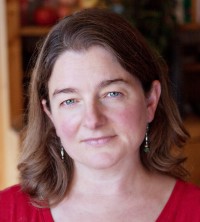Work and leisure
Writing in the New York Times Book Review, Richard Posner mocks the British father-son pair Robert and Edward Skidelsky for wondering about the balance between work and leisure in contemporary society. He is particularly derisive of their depiction of leisure as an opportunity for letting the mind “wander freely and aimlessly.”
Perhaps the Skidelskys’ book How Much is Enough: Money and the Good Life is mistimed for Americans facing a large jobless rate. The thought of workless leisure time is more likely to conjure up images of financial panic than pleasant afternoon strolls. The Skidelskys—one a Keynesian economist, the other a philosopher—take up Keynes’s ill-fated prediction that by 2010 people would only need to work 20 hours a week to maintain an acceptable material quality of life.
Posner disagrees with the Skidelskys about what is essentially of value in life, but he agrees that Keynes’s prediction may have been right. Most people, he argues, could indeed work and earn about half of what they do now in order to live as well as they did in 1930—it’s just that we are unlikely to be content doing so. We want more, and so we work harder to attain it.
I have a much higher view of leisure than Posner does. I treasure opportunities to let my mind wander aimlessly. I am all for learning how to play the guitar, for the time to read all of Shakespeare from beginning to end, for even learning to “paint my own furniture,” as the Skidelskys quirkily recommend.
For those of us who lean toward the arguments made by the Voluntary Simplicity movement—that less is more, that work is not meaning and so on—Skidelskys’ argument and Posner’s counter-argument present an interesting thought experiment. What if your income and the time you had to spend working were both cut in half? How would you live differently? What would you lose? What would you gain? What, as Jane Messah recently asked on this blog, would your community gain or lose?
How much is enough, for you?





